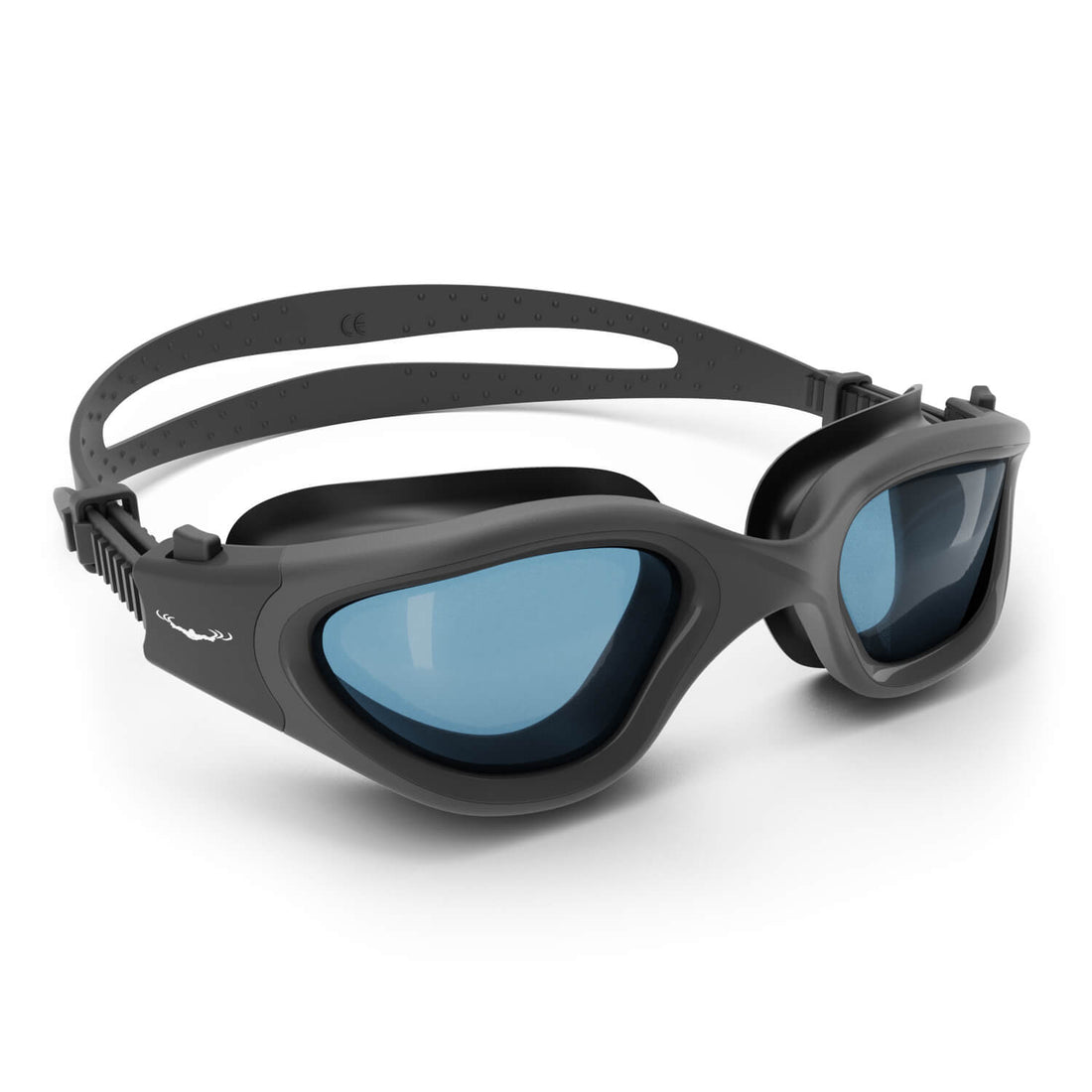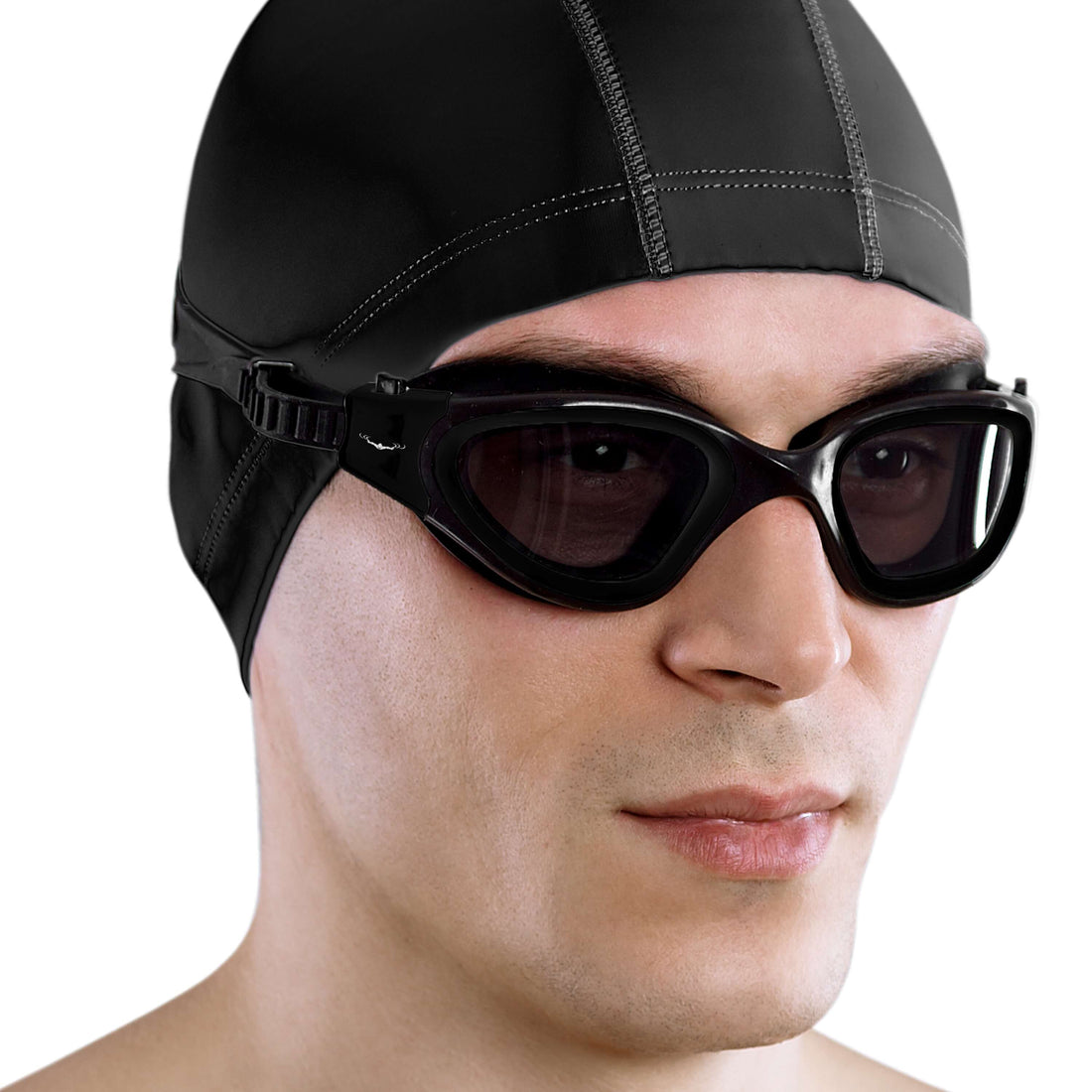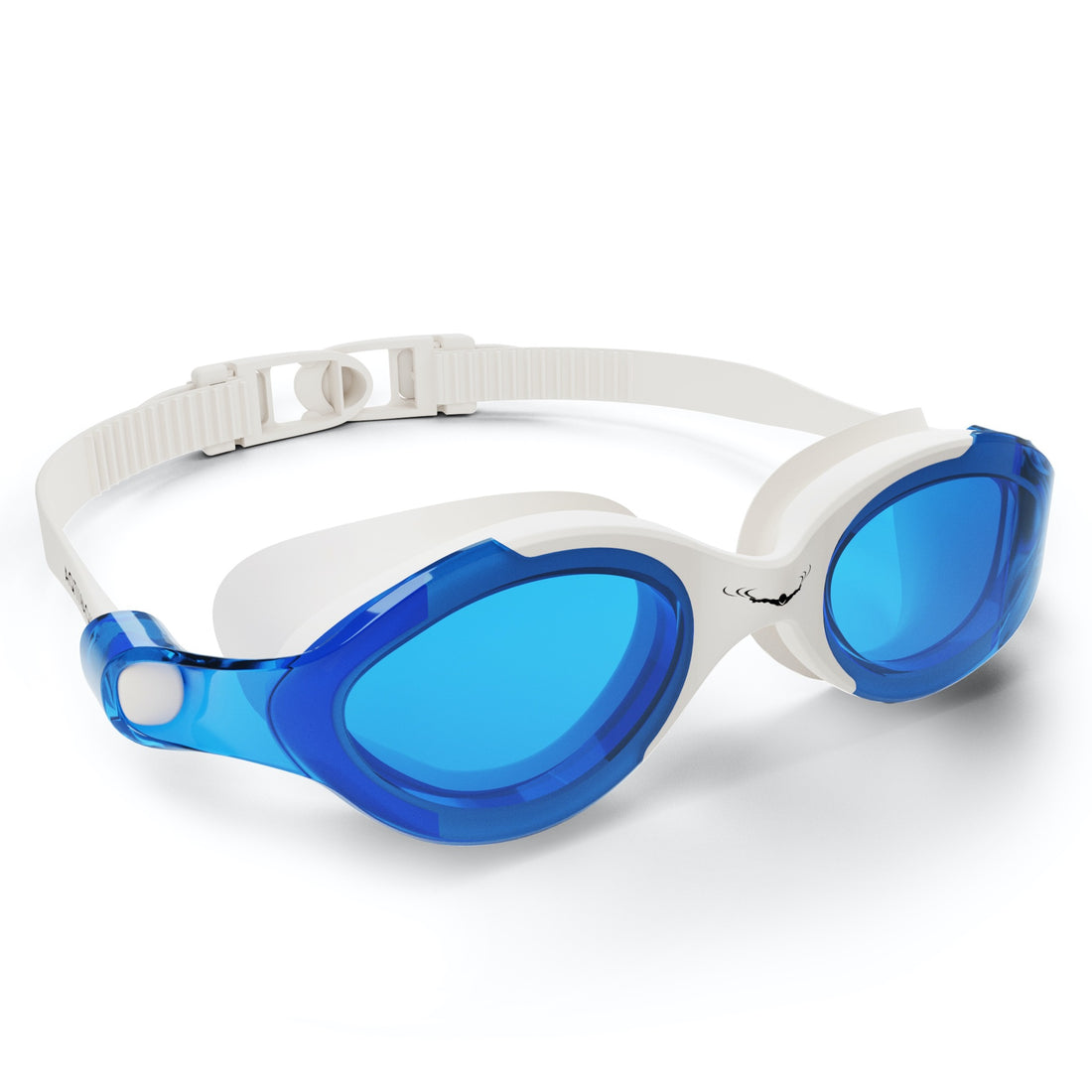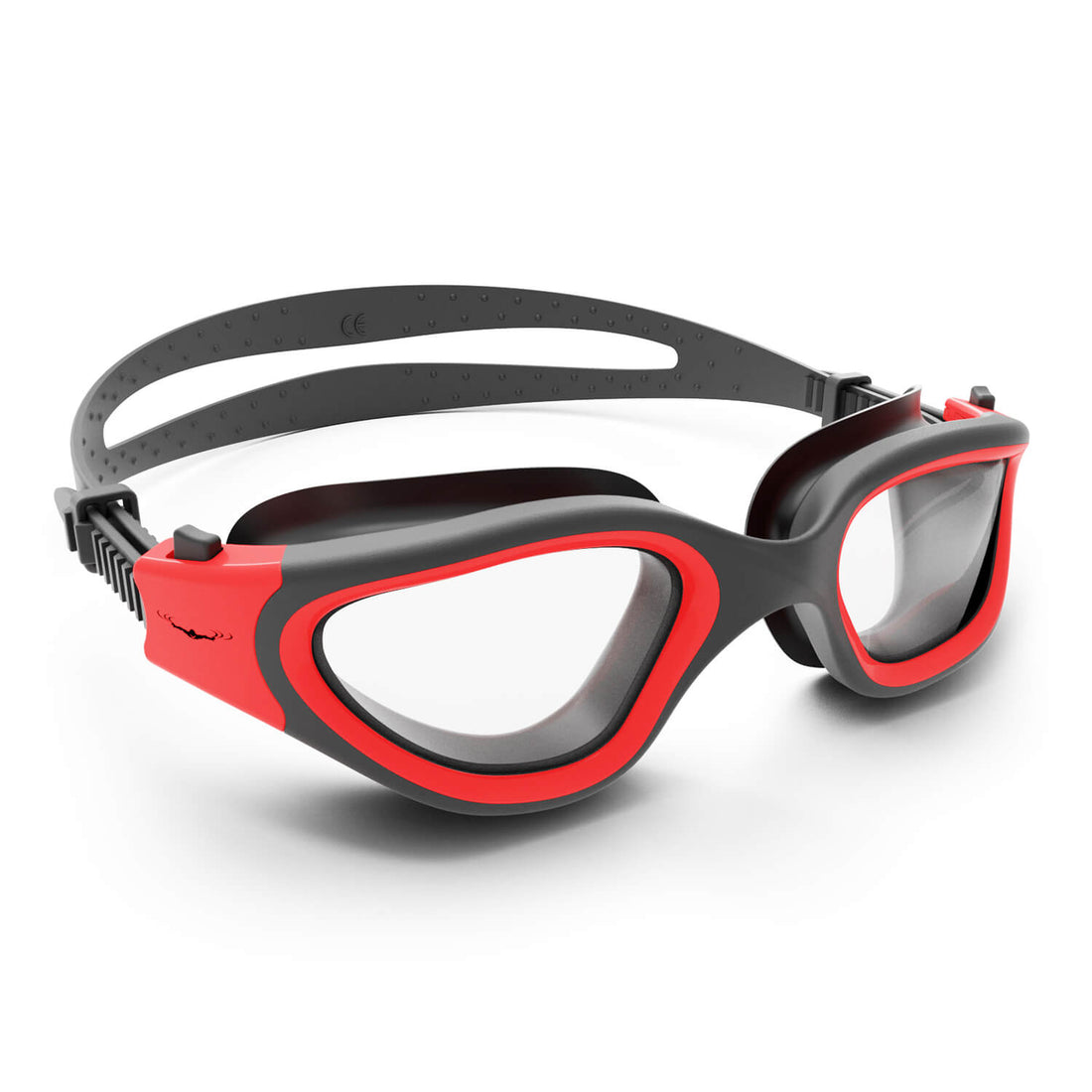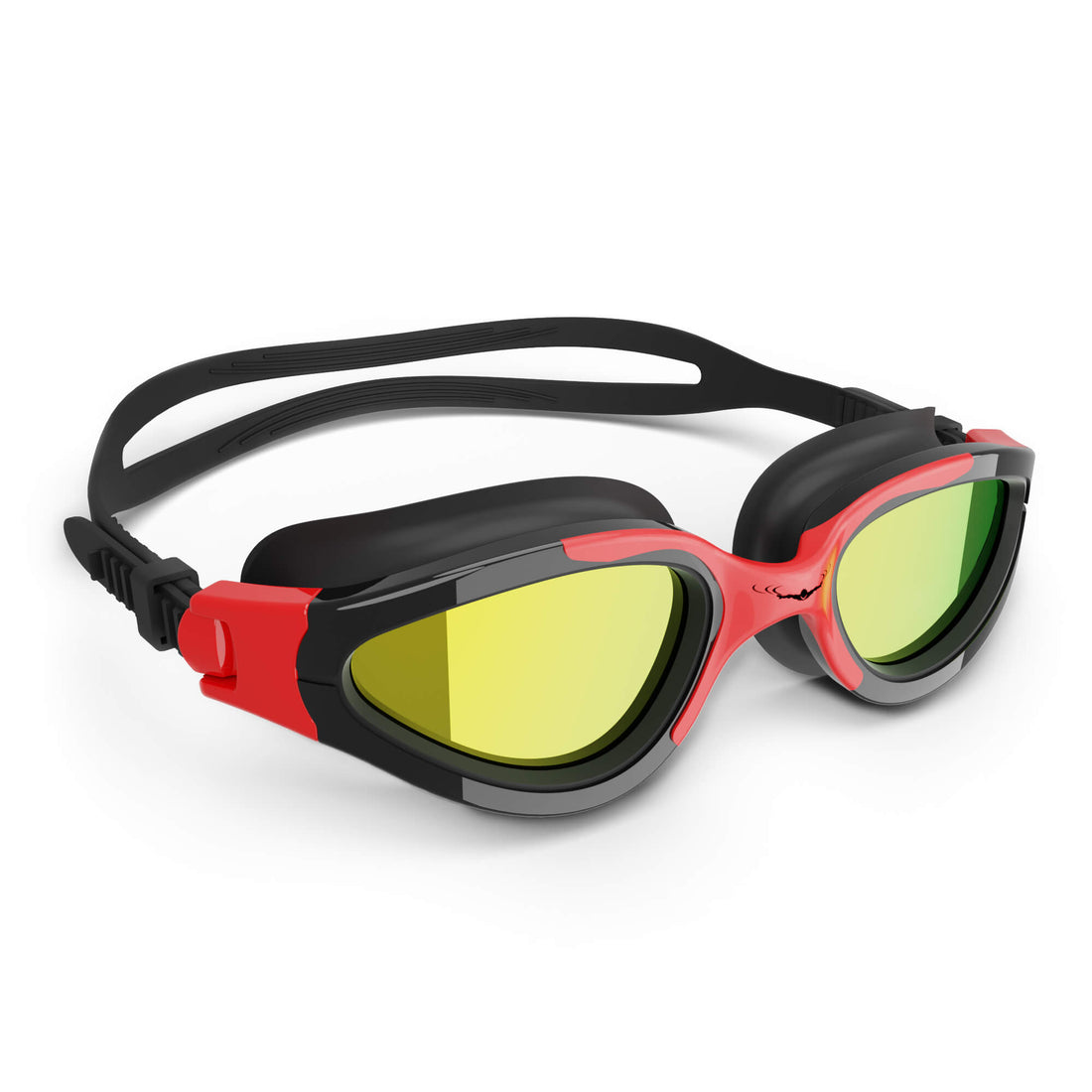Frequently Asked Questions
1. What is aquaphobia?
2. How can gradual exposure help with the fear of water?
3. What techniques can help relax before entering the water?
4. Should I take swimming lessons to overcome my fear?
5. How can I track my progress in overcoming my fear of water?
The fear of water is a common issue for many people. Whether it stems from a past trauma, lack of exposure, or simply the innate apprehension of the unknown, overcoming this fear is essential for enjoying one of life’s most refreshing experiences—swimming! In this article, we'll explore various tips and techniques to help you embrace water with confidence and comfort. Let’s dive in!
Understanding the Fear of Water
Fear of water, also known as aquaphobia, can manifest in different ways. Some individuals may feel anxious at the thought of being near water, while others may panic when submerged. Understanding the roots of this fear is the first step towards overcoming it.
Recognizing Your Triggers
Everyone’s experience with water is unique. For some, it might be the fear of drowning or not being able to breathe. For others, it could be related to being in large bodies of water or deep pools. Take note of your specific triggers, which will help you address them directly.
The Importance of Gradual Exposure
One of the most effective strategies for overcoming any type of fear is gradual exposure. Start small by simply being near water, whether it’s a swimming pool, beach, or lake. Each small step will build your confidence and reduce anxiety.
Start with Familiarization
Before jumping straight into swimming lessons or deep waters, it’s wise to familiarize yourself with water in a controlled environment.
Begin with a Shower or Bathtub
Get comfortable with the sensation of water on your skin. Start by taking relaxing showers or soaking in a bathtub. This helps you reconnect with water in a non-threatening way.
Use of Swim Caps for Comfort
Wearing a Silicone Swim Cap can add a layer of comfort when transitioning to larger bodies of water. It can help you feel more secure while swimming, especially if you're involved in lessons or social swimming activities.
Taking Swimming Lessons
Sometimes, the best way to conquer a fear of water is to learn how to swim. Enrolling in swimming lessons can provide not only skill development but also the assurance that comes with training.
Choosing the Right Instructor
Make sure to choose a qualified instructor who understands your fear and can provide a comfortable learning environment. A compassionate and experienced instructor will help you feel safe and encouraged.
Group Lessons vs. Private Lessons
Decide whether group lessons or private sessions suit your personality and comfort level better. Private lessons offer one-on-one attention, while group lessons expose you to others who may share similar fears and challenges.
Practicing Relaxation Techniques
Learning to relax is crucial for overcoming fear of water. Incorporating relaxation techniques into your water experiences can significantly reduce anxiety.
Breathing Exercises
Practice deep breathing exercises before you enter the water. Inhale deeply through your nose, hold it for a moment, and exhale slowly through your mouth. Consistent practice will help you stay grounded while you adjust to the water.
Visualization Techniques
Visualize yourself being calm and relaxed in the water. Picture successful swim strokes and enjoying the water’s embrace. This mental rehearsal can help reduce anxiety and build your confidence.
Setting Realistic Goals
Creating achievable goals for your water journey can keep you motivated and focused. Below are some practical goals to consider:
- Spend 10 minutes at the edge of the pool.
- Practice floating on your back for 5 seconds.
- Swim one lap in a shallow area.
- Join a friend or family member when going to the pool or beach.
Celebrate each goal you accomplish, no matter how small. Every success reinforces a positive relationship with water.
Engaging in Water Activities
Once you're feeling more comfortable, consider engaging in activities that involve water in a fun way.
Join Water Aerobics or Aqua Yoga Classes
Water aerobics or aqua yoga classes combine exercise with a relaxed, supportive environment. The focus on movement rather than actual swimming not only strengthens your body but also builds confidence in the water.
Try Water Sports
Once you're more comfortable, consider participating in fun water sports like kayaking or paddleboarding. These activities keep you engaged and can help shift your perception of water from fear to enjoyment.
Surrounding Yourself with Supportive People
Your journey to overcome your fear of water will benefit enormously from the support of family and friends.
Finding a Swim Buddy
Having a trusted friend accompany you while facing your fear can provide comfort and encouragement. A swim buddy can not only motivate you but also ensure your safety.
Connecting with Online Communities
Look for online forums or social media groups that focus on overcoming fears, particularly aquaphobia. Sharing experiences and tips with others who understand can be exceedingly beneficial.
Stay Patient and Consistent
Overcoming a fear of water is a process that takes time. It's essential to be patient with yourself and commit to making progress consistently.
Journaling Your Progress
Consider keeping a journal where you document your experiences, feelings, and advancements made. This not only serves as motivation but also allows you to identify what methods work best for you.
Consulting a Professional Therapist
If your fear of water is deeply rooted and difficult to manage, it may be worth consulting a licensed therapist who specializes in phobias. Professional guidance can be beneficial in helping you tackle your fears comprehensively.
Embrace the Joy of Swimming
Ultimately, the goal of overcoming your fear of water is to enjoy the bliss of swimming and the freedom that comes with it. Water is a wonderful environment for relaxation, exercise, and social activities.
The Benefits of Swimming
Swimming has numerous health benefits, including:
- Improved cardiovascular health
- Increased muscle strength
- Enhanced flexibility
- Stress relief and relaxation
Once you conquer your fears, you’ll not only enjoy these benefits but also open up a whole new world of summer activities and adventures!
Your Next Steps
Overcoming the fear of water might seem like a daunting task, but with the right techniques and a supportive environment, it becomes an achievable goal. Remember to take small steps, celebrate your progress, and surround yourself with positivity and encouragement.
So, grab a Silicone Swim Cap, head to the pool, and immerse yourself in the world of water! Each plunge you take brings you one step closer to transforming fear into joy. What’s stopping you? Dive into your next water adventure today!



